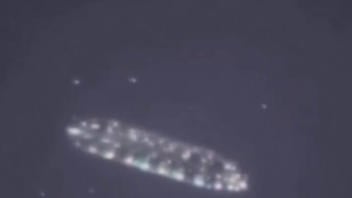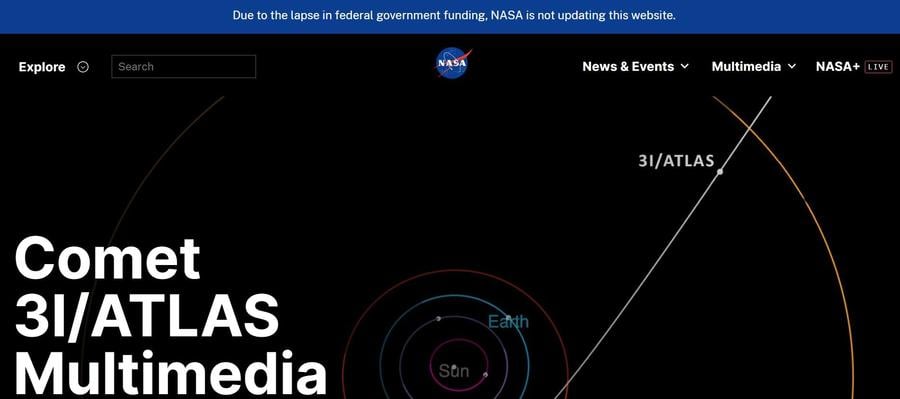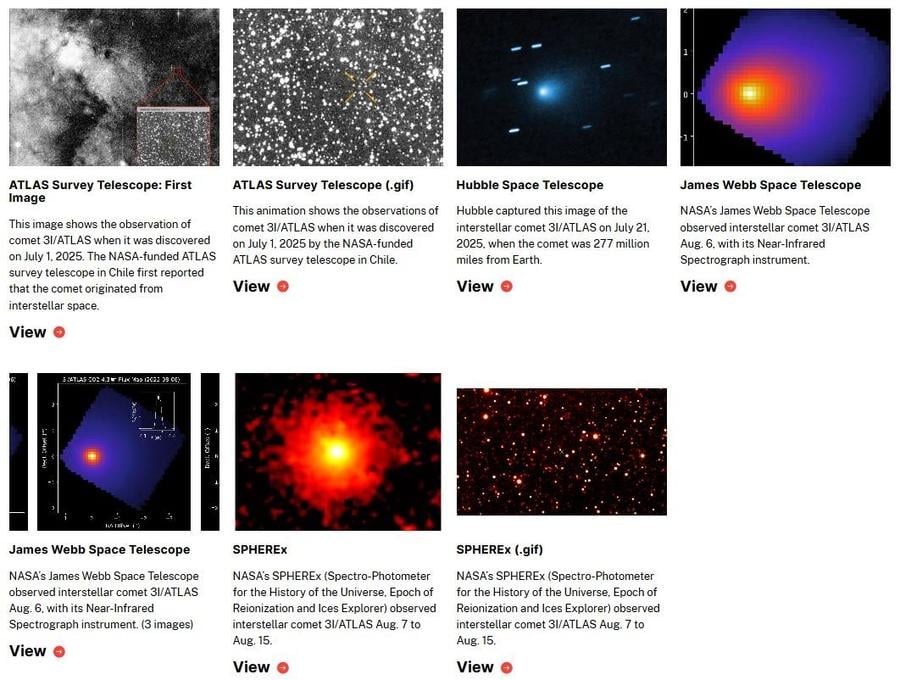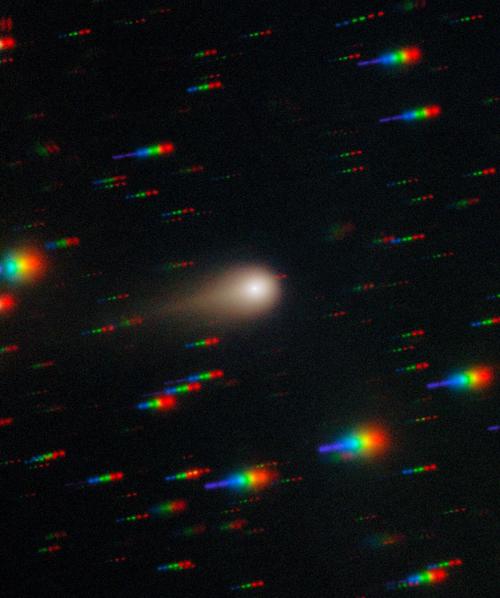
Does a video clip show new footage of the Comet 3I/ATLAS? No, that's not true: This video did not originate from any research astronomy agency monitoring the interstellar comet. It is uncredited footage showing a microscopic single-celled organism, a paramecium.
The mislabeled video appeared in a post (archived here) published on X by @BGatesIsaPyscho on Oct. 27, 2025. The post was captioned:
🚨 New 3I/Atlas Footage just dropped ‼️
This is a screenshot of the video in the post:
(Image Source: Lead Stories screenshot from x.com/BGatesIsaPyscho/status/1982716932714586538.)
A reverse Google image search on Oct. 29, 2025 using the above screenshot fails to produce any relevant results. In fact, the search engine's AI overview has adopted the false captions associated with this video clip (pictured below) and wrongly asserts that "The image shows the interstellar comet 3I/ATLAS."
(Image Source: Lead Stories screenshot from google.com/search.)
Lead Stories reached out to The Scripps Institution of Oceanography at the University of California, San Diego to ask an expert microbiologist or protistologist if they could identify the organism appearing in the short video clip. Jack A. Gilbert, Professor in Pediatrics and Scripps Institution of Oceanography, responded by email on Oct. 29, 2025. Gilbert is Associate Vice Chancellor for Marine Science, Director of the Microbiome and Metagenomics Center, and President of Applied Microbiology International. He wrote:
That is a paramecium - freshwater I believe - although better phase contrast, and where it was found, would be ideal for better identification.
Currently the NASA webpage (archived here) where multimedia content about the Comet 3I/ATLAS would be posted displays a notice (pictured below) which reads:
Due to the lapse in federal government funding, NASA is not updating this website.
(Image Source: Lead Stories screenshot from science.nasa.gov/solar-system/comets/3i-atlas/comet-3i-atlas-multimedia.)
There are images (archived here) which were posted by NASA in July and August (pictured below). None resemble the video of the paramecium.
(Image Source: Lead Stories screenshot from science.nasa.gov/solar-system/comets/3i-atlas/comet-3i-atlas-multimedia/#images.)
An image (pictured below) posted by the NOIRLab (National Optical-Infrared Astronomy Research Laboratory) was released on Sept. 4, 2025 (archived here). The photo's caption explains why the stars appear as colorful streaks:
Comet 3I/ATLAS streaks across a dense star field in this image captured by the Gemini Multi-Object Spectrograph (GMOS) on Gemini South at Cerro Pachón in Chile, one half of the International Gemini Observatory, partly funded by the U.S. National Science Foundation (NSF) and operated by NSF NOIRLab. This image is composed of exposures taken through four filters -- red, green, blue and ultraviolet. As exposures are taken, the comet remains fixed in the center of the telescope's field of view. However, the positions of the background stars change relative to the comet, causing them to appear as colorful streaks in the final image.
(Image Source: Lead Stories screenshot from noirlab.edu/public/images/noirlab2525a/.)
Other fact checks
Additional claims about Comet 31/ATLAS were investigated by Lead Stories here and here.


















